Here are two diagrams from Fitzgerald, Kingsley, Umans, “Electric Machinery” 4th ed. They show the basic configuration and performance for capacitor start and permanent-split capacitor motors.

Capacitor-start motors are used for loads such as compressors that require high starting torque. With reduced frequency, the impedance of the start winding will be reduced and the impedance of the capacitor will be increased. The result will be reduced phase shift and reduced current in the start winding. As a result the starting current will be reduced. If the motor is applied to the load for which was originally selected, the motor will probably not be capable of starting the load. If the motor is repurposed to drive a fan or centrifugal pump, it would not need to be capable of producing very much starting or low-speed running torque.
The start winding is normally disconnected by a centrifugal switch at about 75% of synchronous speed. That would prevent the motor from being operated below that speed because the start winding and capacitor would quickly overheat if not disconnected. An alternative method of disconnecting the capacitor would prevent that problem.
It might be possible to permanently connect a much lower value capacitor to the start winding. The capacitor would need to be selected so that the continuous current in the start winding would not overheat it. It would be difficult to determine the safe current and the required capacitor value. The resulting starting and low-speed running torque would be extremely low.
The phase difference between the main-winding current and the start-winding current should be close to 90 degrees for maximum starting torque. It is possible that a 120 degree difference between the winding voltages could provide an acceptable phase difference for the currents. There would still be a problem with limiting the current in the start winding to a safe value.
It may not be impossible to run a capacitor-start motor with a VFD, but it certainly doesn’t seem to be a very satisfactory alternative.
